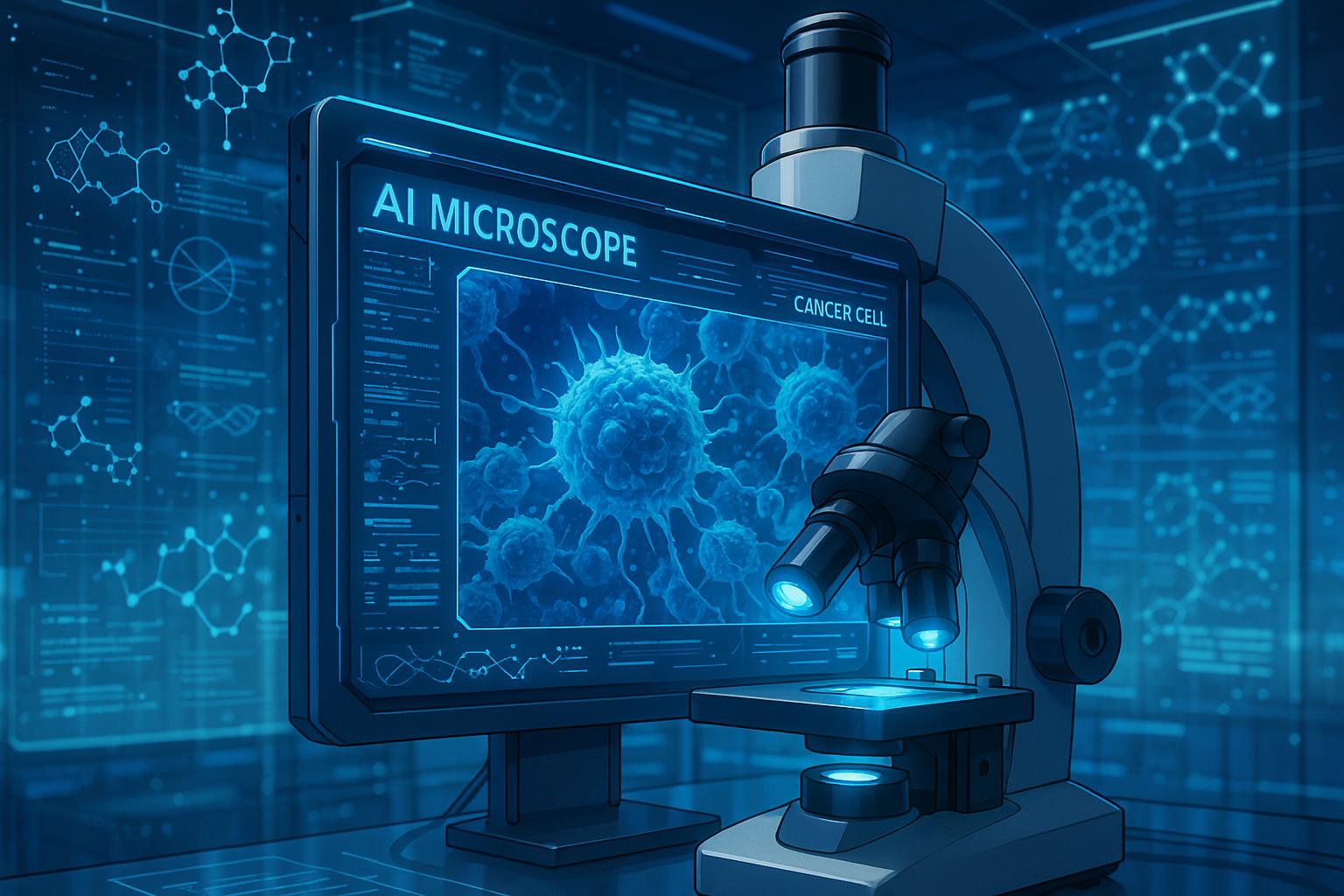Researchers are making significant strides in the development of artificial intelligence tools aimed at revolutionising disease diagnosis, particularly within the field of pathology. Traditionally, pathologists analyse tissue samples to diagnose conditions such as cancer; however, this essential role is becoming increasingly strained. Demand for pathological services far exceeds supply, and pathologists are confronting rising workloads and complexities within their profession. According to a report in Nature, while digital image-recognition tools have started to aid in the process by identifying patterns in tissue and highlighting suspicious areas, newer AI models are emerging that can potentially distinguish cancer subtypes and detect metastases. Though these advancements are promising, they are not yet clinically validated, raising concerns around issues such as AI hallucinations and the opacity of decision-making processes. Nevertheless, some experts regard these tools as a “transformative technological advancement” that could reshape the landscape of pathology.
One notable AI tool, developed by researchers at the Perelman School of Medicine, is called iStar. This advanced system offers unparalleled clarity in interpreting medical images, allowing clinicians to identify cancer cells that may otherwise go unnoticed. iStar is capable of assessing whether safe margins were achieved during cancer surgeries and can autonomously annotate microscopic images, which may herald a new era of molecular disease diagnosis at the cellular level. Such precision could significantly enhance the quality of pathology and patient outcomes.
Similarly, a project at Stanford Medicine has produced nuclei.io, a customisable AI tool that allows pathologists to tailor its functionality according to specific requirements. This adaptability not only improves diagnostic accuracy but also substantially reduces the time needed for analysis—from an average of 209 seconds to just 79 seconds for certain types of tissue samples. By empowering pathologists with tools that can be specifically trained to their context, the potential to enhance efficiency and efficacy in diagnosis becomes clear.
In addition, the Virchow model represents a pivotal advancement in computational pathology, trained on a vast dataset of 1.5 million whole slide images encompassing a variety of tissue types. This model has demonstrated high accuracy in detecting multiple cancer types, achieving an AUC score of 0.949 across 17 different categories. Such comprehensive training positions the Virchow model as a front-runner in the reporting of diagnostic results with substantial reliability.
Furthermore, researchers from Harvard Medical School have introduced an AI model named CHIEF, which improves upon existing technologies in numerous areas, including cancer detection and predicting patient outcomes. CHIEF has realised an impressive accuracy rate of nearly 94% in cancer detection, outperforming other leading methods by up to 36%. This tool’s performance holds strong regardless of how the tumour samples are obtained or digitised, showcasing its versatility across different clinical settings.
Moreover, innovations are not limited only to AI tools specifically tailored for cancer diagnosis. A recent development in interpretable machine learning systems for colorectal cancer analysis promises to enhance diagnostic accuracy further. This system classifies pathology slides based on the severity of dysplasia and has achieved a remarkable accuracy of 93.44%, demonstrating an effective blend of advanced technology and pathologist knowledge.
Lastly, the Galen platform, developed by Ibex Medical Analytics, stands out with its suite of AI solutions designed to facilitate diagnoses across various organs and pathologies. With its initial solution, Galen Breast, now CE-marked and approved by regulatory bodies in the EU and the UK, the platform illustrates the potential for real-world clinical application of these AI tools. As the validation of such technologies progresses, the integration of AI in pathological practice appears increasingly viable, paving the way for a new and more efficient paradigm in disease diagnosis.
In summary, while significant challenges remain in the field of pathology, the advent of sophisticated AI tools signals a promising future. These innovations not only aim to alleviate the pressures faced by pathologists but also to enhance the accuracy and efficiency of disease diagnosis, ultimately improving patient care in critical ways.
Source: Noah Wire Services
